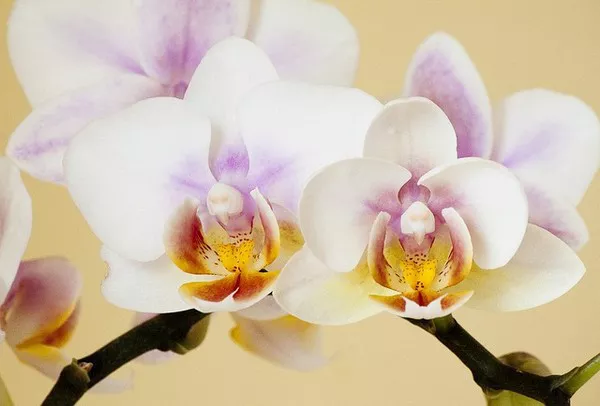Orchids, with their mesmerizing beauty and delicate blooms, are beloved by plant enthusiasts around the world. As with any flowering plant, orchids eventually lose their flowers, leading many to wonder what happens next. In this comprehensive guide, we will explore the natural cycle of orchid blooms, the reasons behind their flower loss, and essential care tips to ensure your orchids remain healthy and ready to bloom again.
The Natural Cycle of Orchid Blooms:
The blooming cycle of orchids is an essential part of their life cycle. After a period of careful nurturing, orchid plants produce exquisite flowers that captivate admirers with their unique shapes, colors, and fragrances. However, like all flowering plants, orchids have a finite blooming period, and their flowers eventually begin to fade and wilt.
The duration of the blooming cycle varies among different orchid species and even individual plants. Some orchids may bloom for a few weeks, while others can showcase their flowers for several months. Once the flowers start to fade, it marks the end of the blooming phase and the beginning of another critical phase in the orchid’s life.
Flower Loss and Dormancy:
When orchids lose their flowers, it is not necessarily a cause for concern. Instead, it is a natural part of their dormancy period, also known as the resting phase. During this time, the orchid conserves energy and redirects its focus from blooming to building strength for future growth.
The dormancy period allows the orchid to replenish its reserves and prepare for the next blooming cycle. As the flowers wither and fall, the orchid diverts energy from the blooms back into its roots and leaves. The plant may also store nutrients and carbohydrates in its pseudobulbs or underground rhizomes to support new growth in the coming months.
Foliage and Root Care During Dormancy:
During the dormancy period, it is essential to pay close attention to the orchid’s foliage and roots. The leaves should remain healthy and vibrant, as they are crucial for photosynthesis and energy production. If the leaves start to turn yellow or show signs of distress, it may indicate an underlying issue that requires attention.
The roots of the orchid also play a vital role during dormancy. Healthy roots facilitate the absorption of water and nutrients from the growing medium. It is essential to strike a balance in watering during this period, as overwatering can lead to root rot, while underwatering can cause stress to the plant. Always allow the growing medium to dry slightly between waterings, and avoid letting the orchid sit in standing water.
Pruning and Careful Maintenance:
As the orchid enters its dormancy phase, it is an ideal time for light pruning and careful maintenance. Remove any spent flower spikes by cutting them back to the base of the plant using sterilized scissors or pruning shears. This encourages the orchid to focus its energy on new growth and prepares it for the next blooming cycle.
Additionally, keep a lookout for signs of pests or diseases during this period. Inspect the leaves, stems, and roots regularly, and promptly address any issues that arise. Proper hygiene and cleanliness are essential to maintaining a healthy orchid environment.
Preparing for the Next Bloom:
To encourage the orchid to bloom again, it is crucial to provide optimal conditions during the dormancy period. Ensure the orchid receives adequate indirect sunlight, as excessive direct sunlight can damage the leaves. Maintain a stable and comfortable temperature, typically between 65°F to 80°F (18°C to 27°C), and provide sufficient humidity, as many orchids thrive in humid environments.
During dormancy, avoid fertilizing the orchid, as it does not require the additional nutrients while it rests. Once new growth emerges and the orchid shows signs of preparing for the next bloom, gradually resume regular fertilizing to support healthy development.
Conclusion:
In conclusion, the loss of flowers in orchids marks a natural transition into their dormancy period. This resting phase allows the orchid to conserve energy, replenish reserves, and prepare for the next blooming cycle. During this time, proper foliage and root care are crucial, and light pruning can be done to encourage new growth.
By providing optimal conditions and careful maintenance, orchids can flourish and delight with their exquisite blooms once again. Embrace the beauty and elegance of these enchanting plants as they go through their blooming cycle, and with proper care, your orchids will reward you with many more breathtaking flowers in the seasons to come.


